Manatee, adult and calf (Wild Safari Sealife by Safari Ltd.)



Review and images by Lanthanotus; edited by bmathison1972
If there’s an iconic animal of the desert, then it sure would be the dromedary (Camelus dromedarius), sometimes also called ‘ship of the desert’ for its rocking moves when used for human transportation.
The dromedary has a long history with humans; it was first domesticated around 4000 years ago in either North Africa or the Arabian Peninsula.
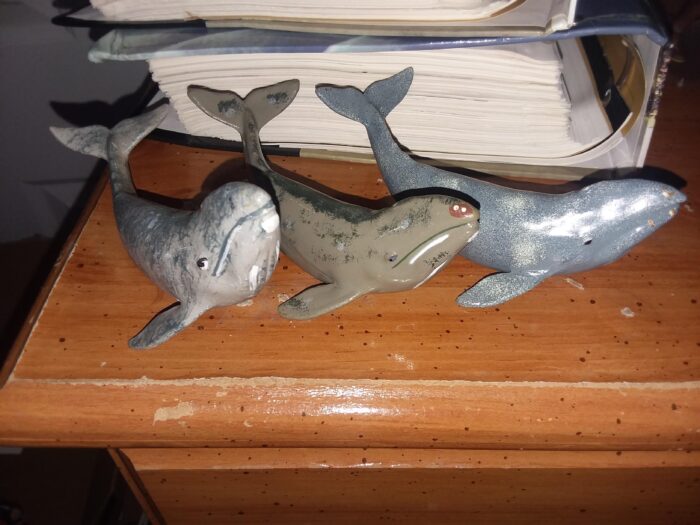

Review and images by Suspsy; edited by bmathison1972
Like human babies, gorilla babies are born helpless and entirely dependent on their parents for care and protection. They do, however, develop much faster than human babies and will begin spending time on their own at less than two years of age. Their juvenile stage lasts from age three to six, after which they sleep apart from their mothers.
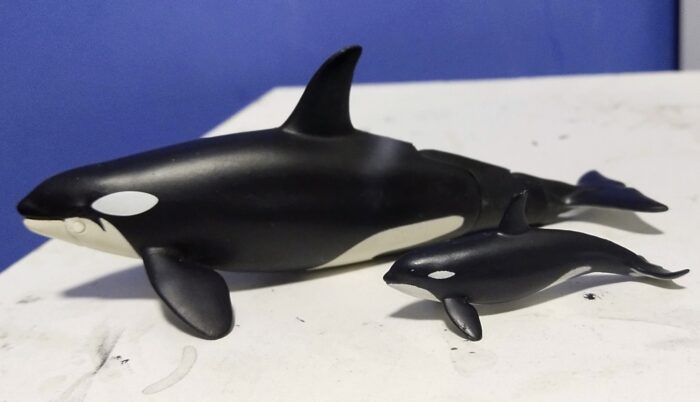
Review and images by JimoAi; edited by bmathison1972
Contrary to their common name, killer whales (Orcinus orca), also known as orcas, are a species of oceanic dolphin, although they can be considered whales as all dolphins are considered whales but not all whales are dolphins. They are the largest of all dolphins, reaching lengths of 500 cm to 960 cm with males getting to greater lengths than females and also sporting larger pectoral and dorsal fins, with some getting higher than 180 cm (that’s taller than I am!).
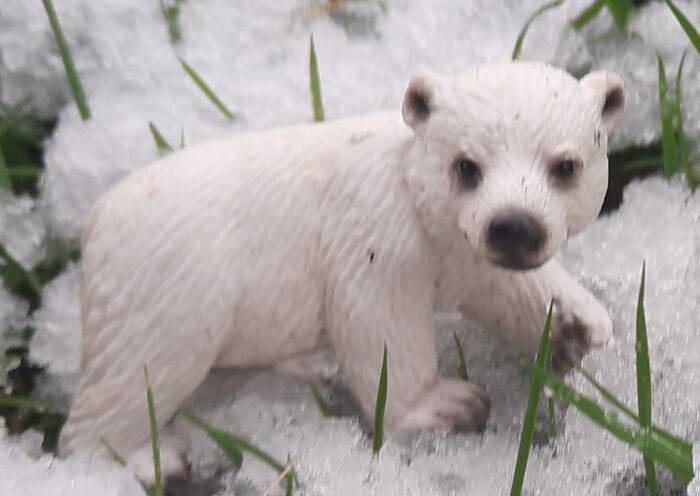
So, here we are, the final review of my “Winter Wonderland” series, and we conclude with perhaps the greatest of mammals to walk the ice and snow of the world: the polar bear (Ursus maritimus). These hypercarnivourous bears roam the Arctic circle, hunting prey on the snowy tundra, the largest of the bears.
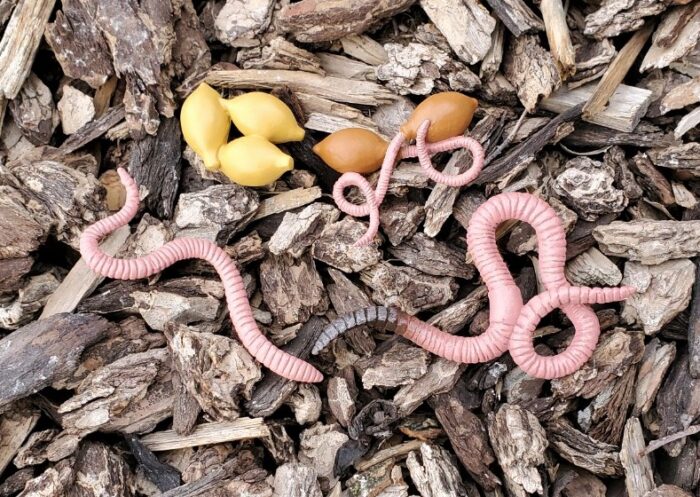
Earthworms! Everyone is familiar with them in some capacity, whether they represent those vermiform creatures that come out onto the sidewalk after a rain storm, to your favorite bait used for fishing, to your garden partners in the compost heap, to the snack you see the robin plucking from the ground!

Continuing the “Winter Wonderland” series, we are going into the highest elevations of the world, as we look at a figure of one of the rarest cats in the world, the snow leopard (Panthera uncia). These beautiful cats are found across the mountainous regions of central and south Asia, hunting across the Tibetan Plateau and Siberia.
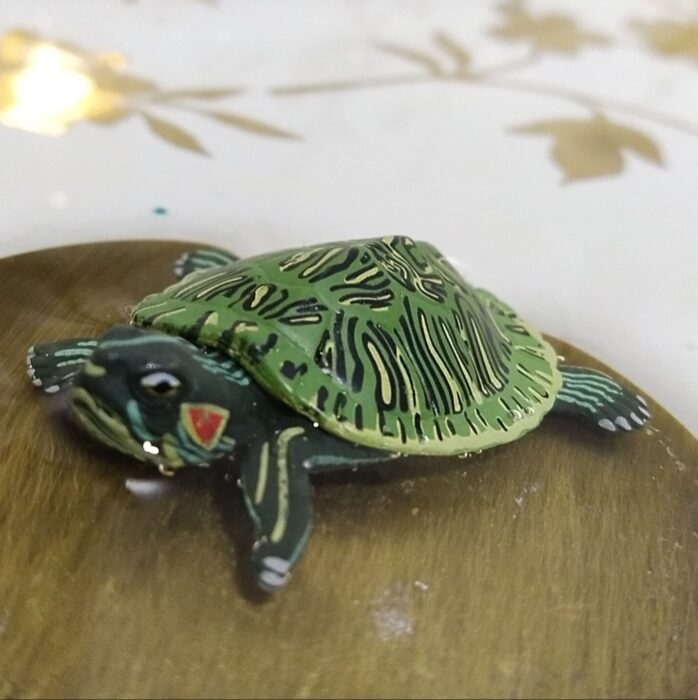
Review and images by JimoAi; edited by bmathison1972
Red-eared sliders (Trachemys scripta elegans) are a semi-aquatic species of turtles (in some places, they are also known as terrapins). They are found in most freshwater habitats of North America, including the southern United States and Northern Mexico. Juveniles are typically a green colour with a ‘red ear’ (hence the name) but as they get older, they turn to more of a brownish colour and the red ear fades.
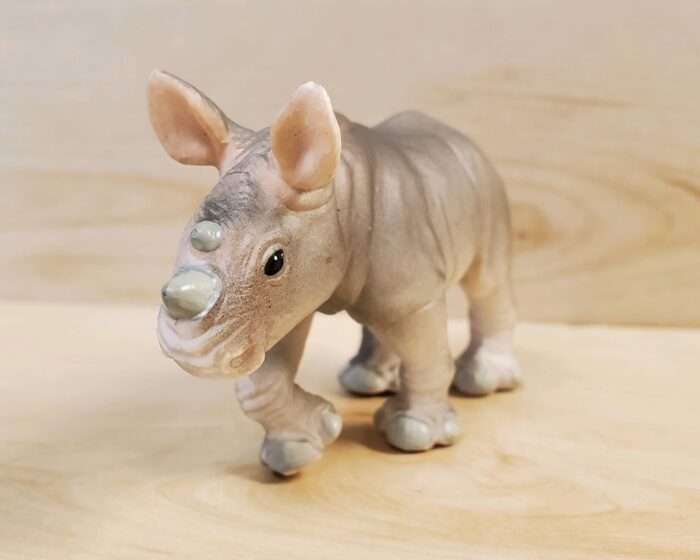
I recently bought a lot on eBay, mainly for some Play Visions prosimians and bats. Within this lot was this baby white rhinoceros (Ceratotherium simium) by Safari Ltd. Normally I do not collect baby animals to compliment adults, but this a rather nice figure, especially given it was produced back in 1996.
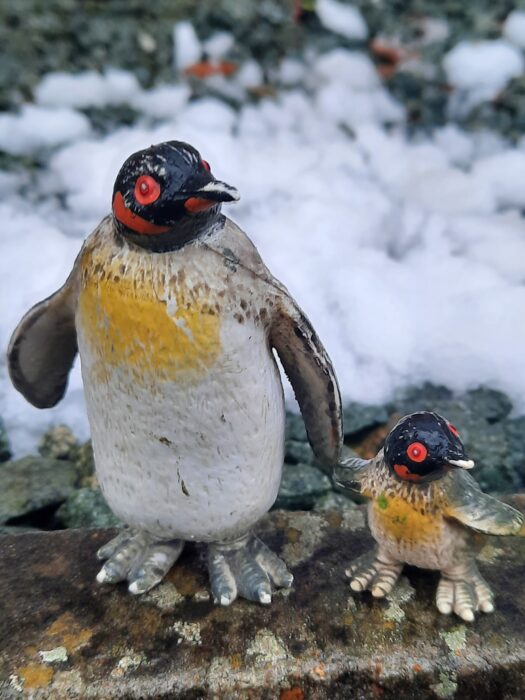
Welcome, once again, to my “Winter Wonderland” series! We started in the great white north, now we shall go to the frozen south of the world: Antarctica, responsible for such icy greats as the Ice Age. It is also an area where terrestrial mammals aren’t present, thus the major terrestrial animals are penguins, having adapted to the cold climate over millions of years.